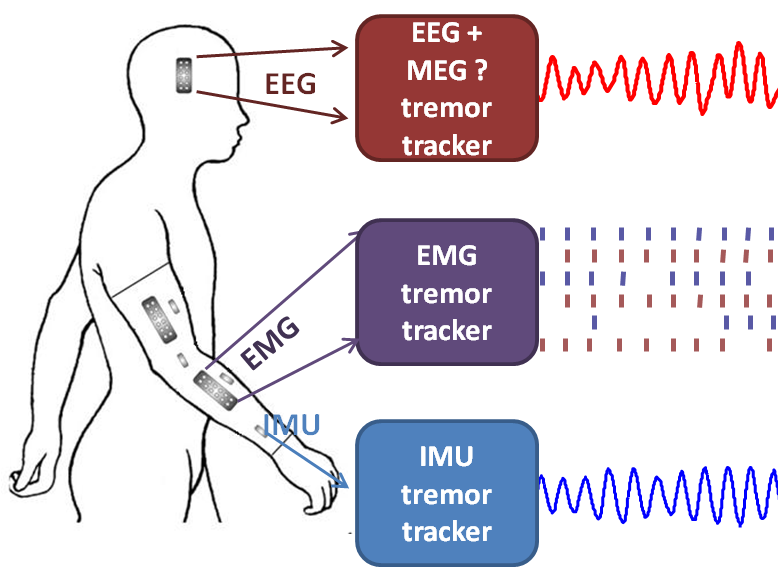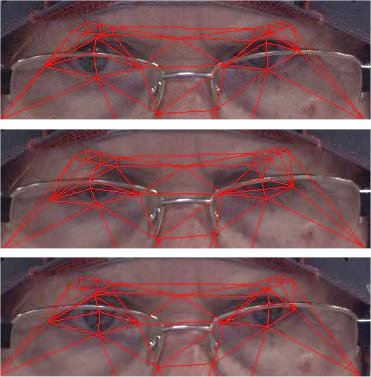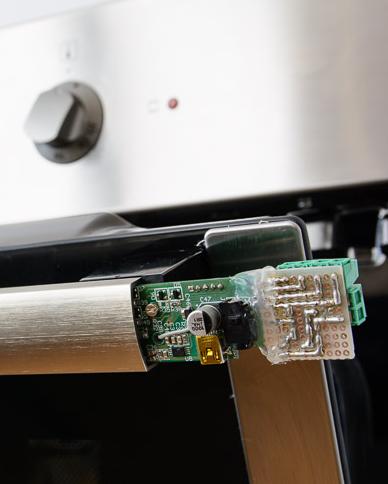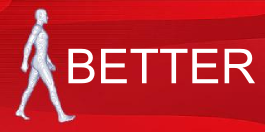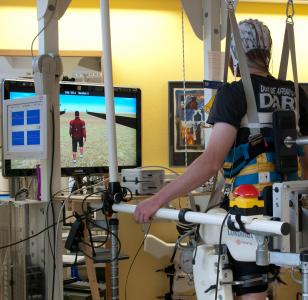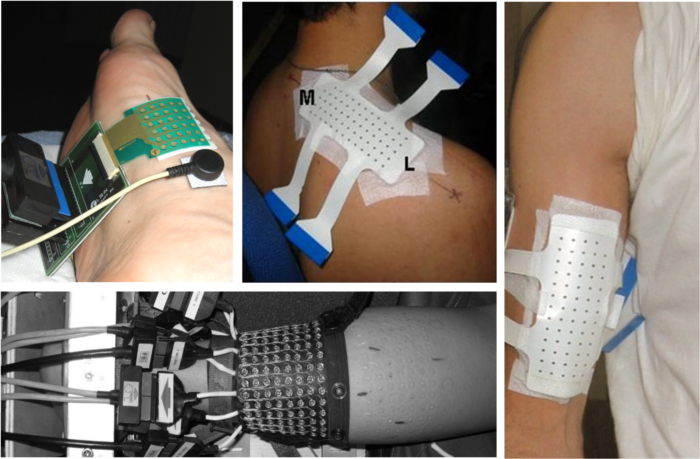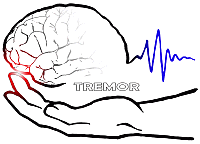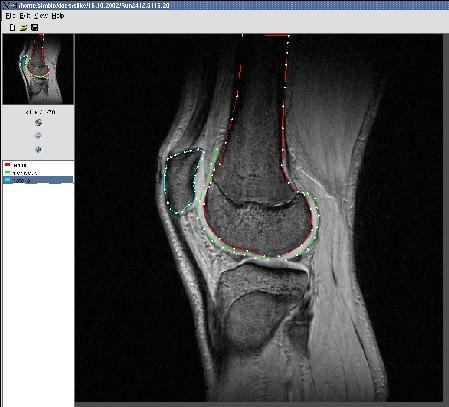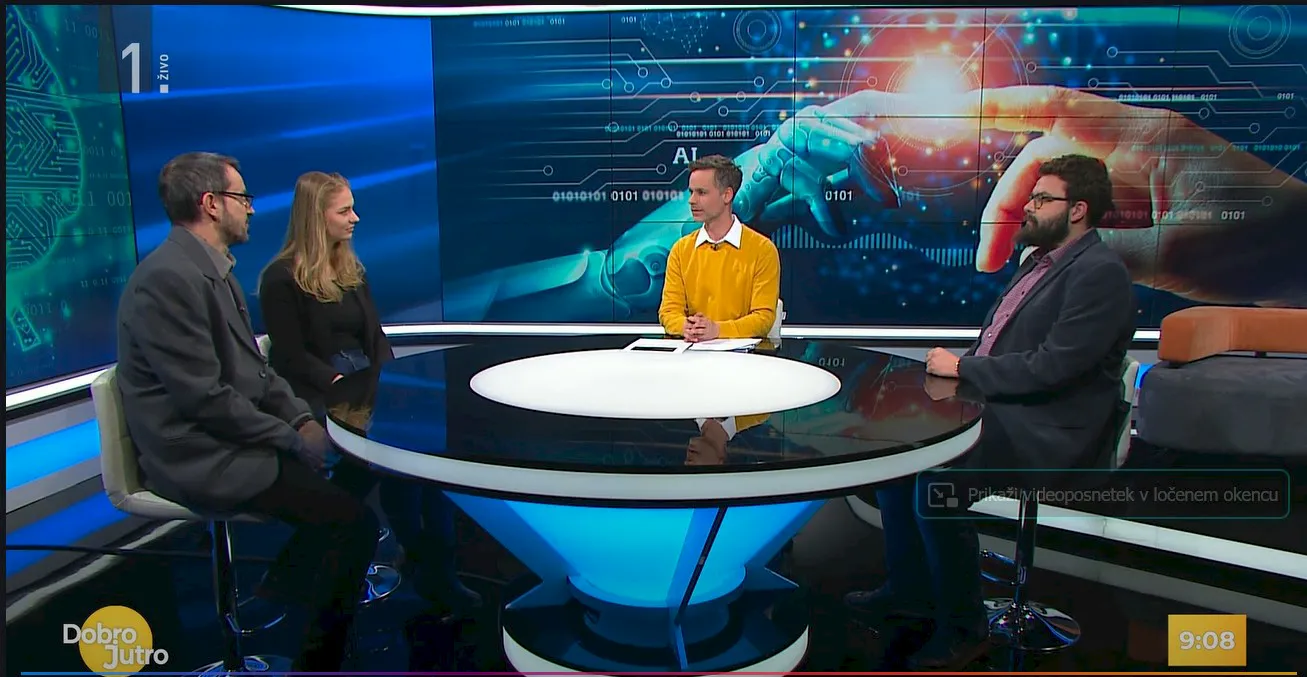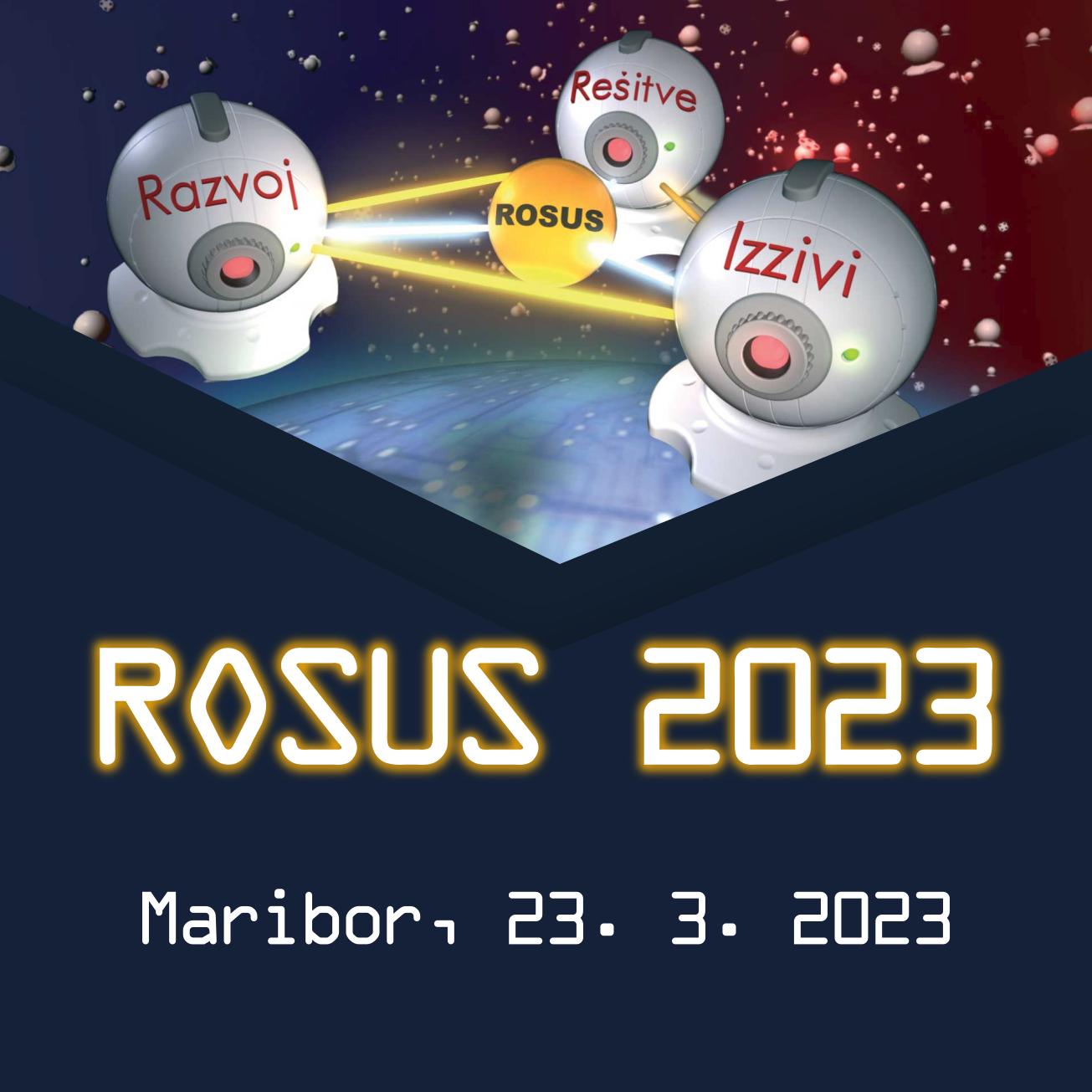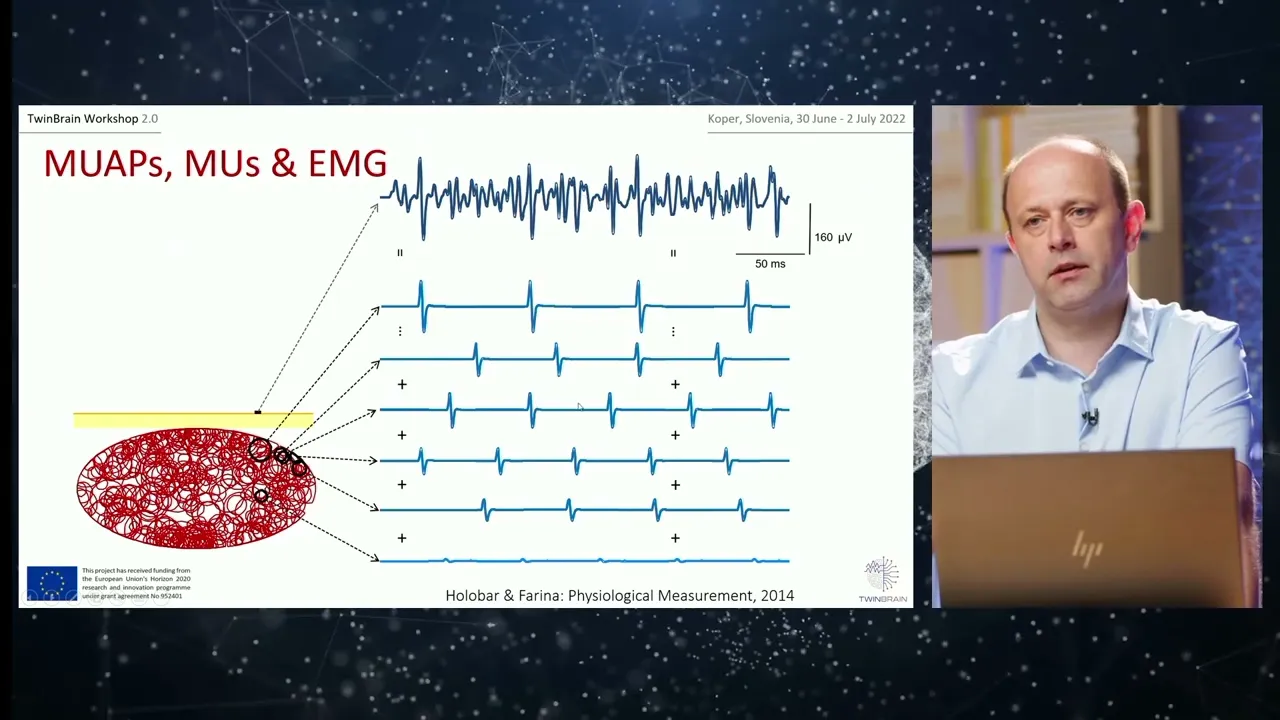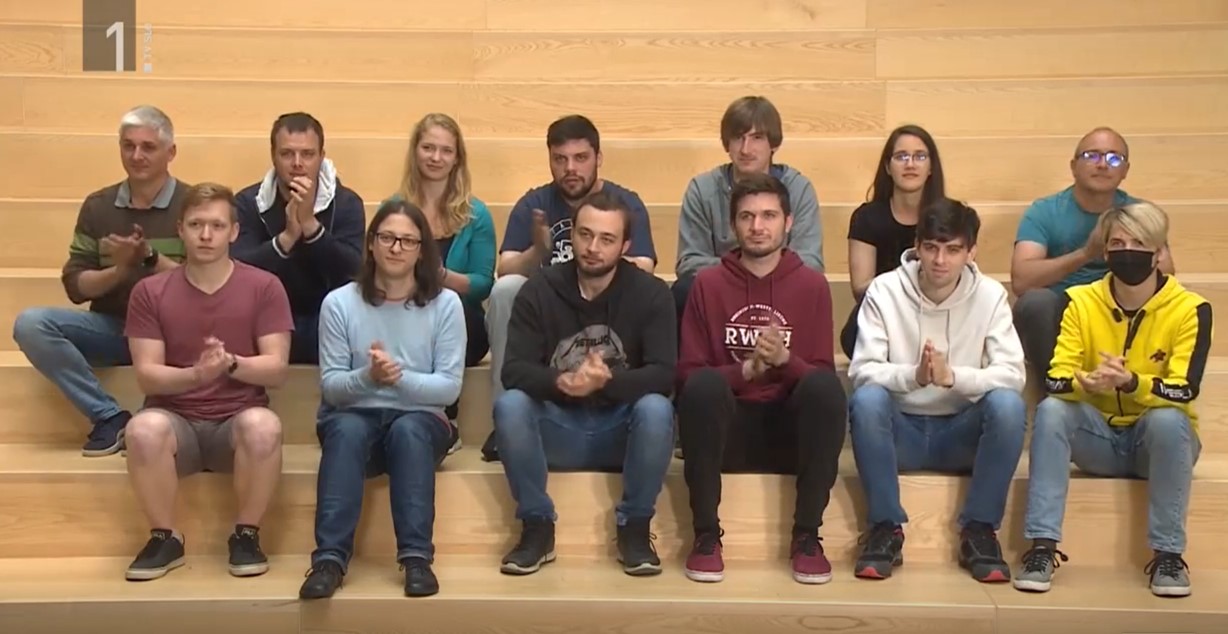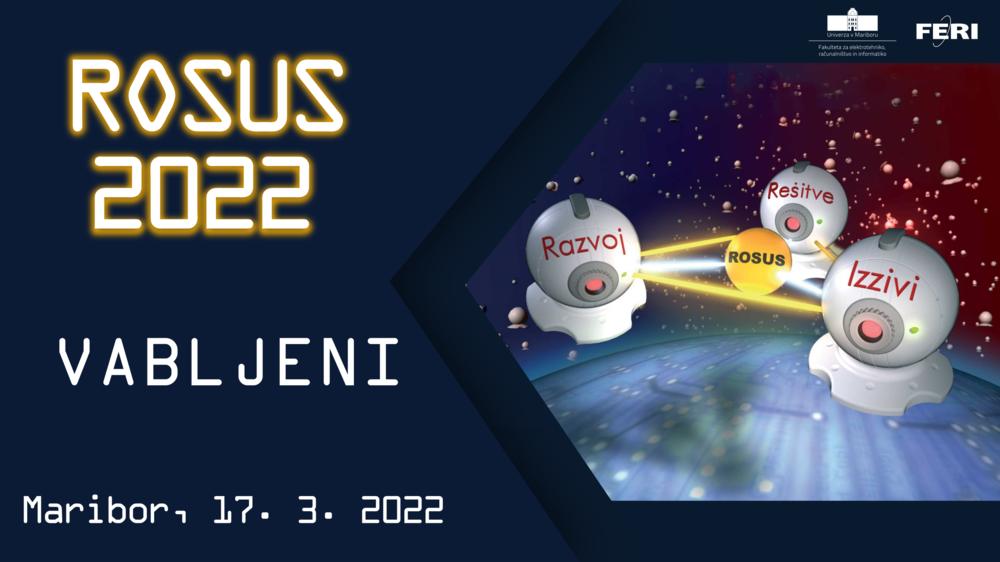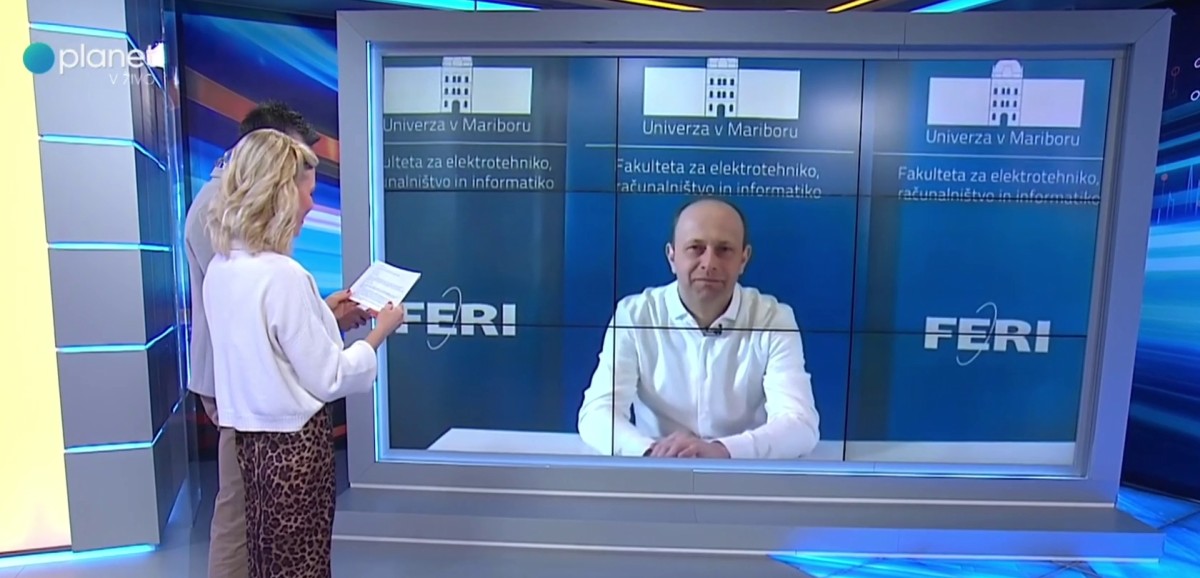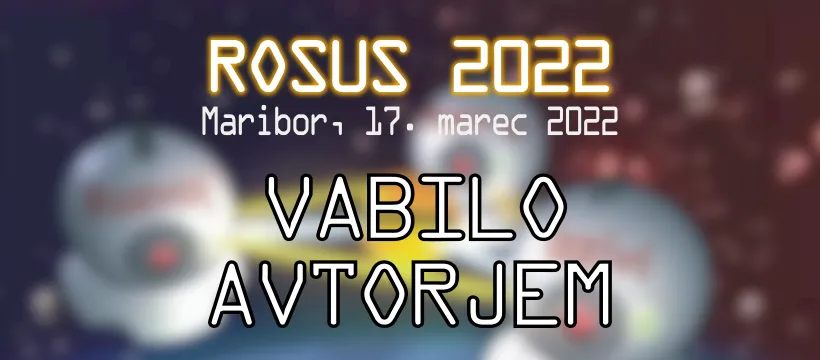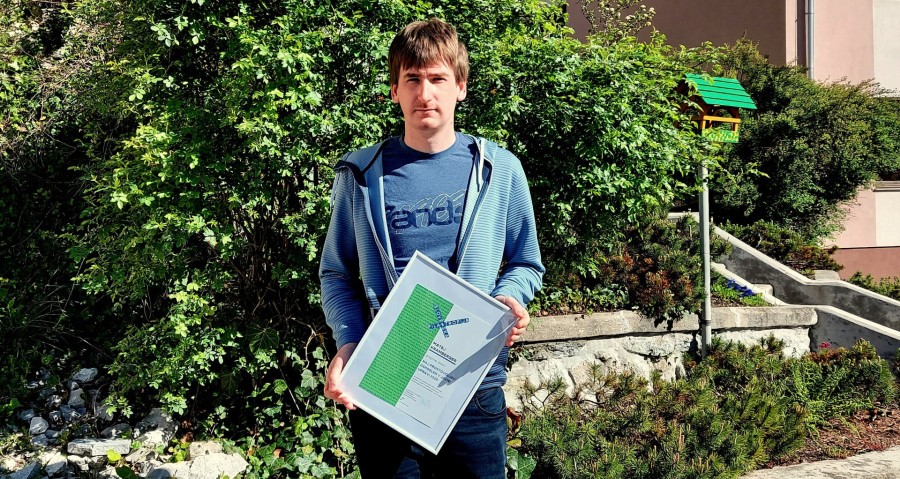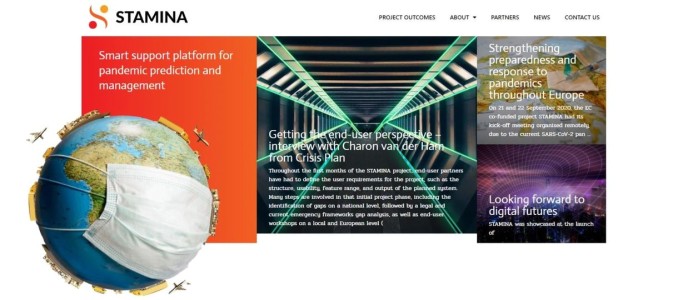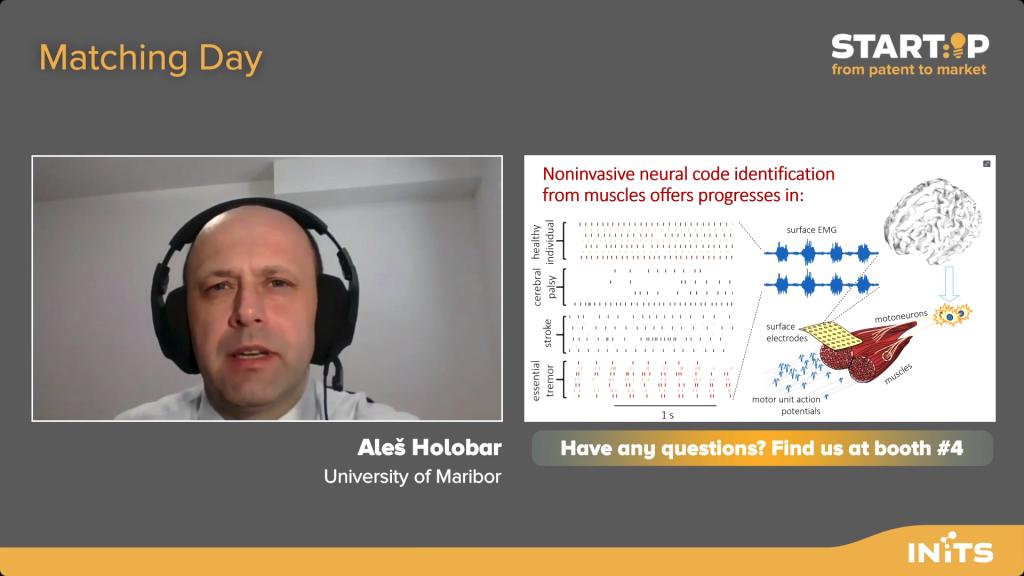Projects

|
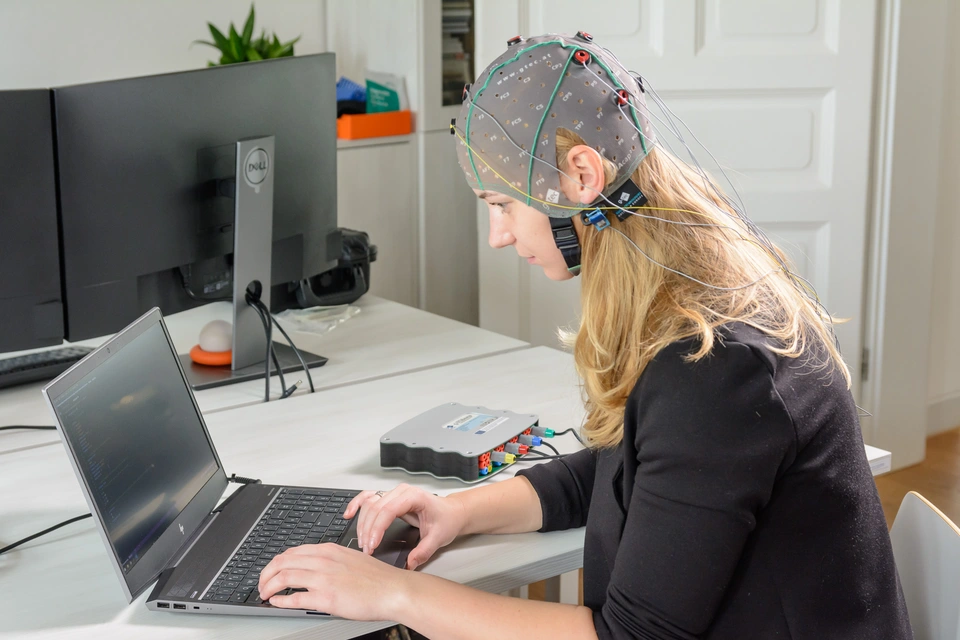
|
|
Number: GA No. 101079392
Project leader: Prof. Aleš Holobar Duration: Jan. 1st, 2023 – Dec. 31th, 2025 Financed by: Horizon Europe - Research and innovation funding programme
HybridNeuro project combines the expertise of leading European partners in the field of Neural Interfaces to set up a new pathways of analyzing human motor system and human movements and transfer the academic research into clinical and industrial practice.
|
| CMAP |
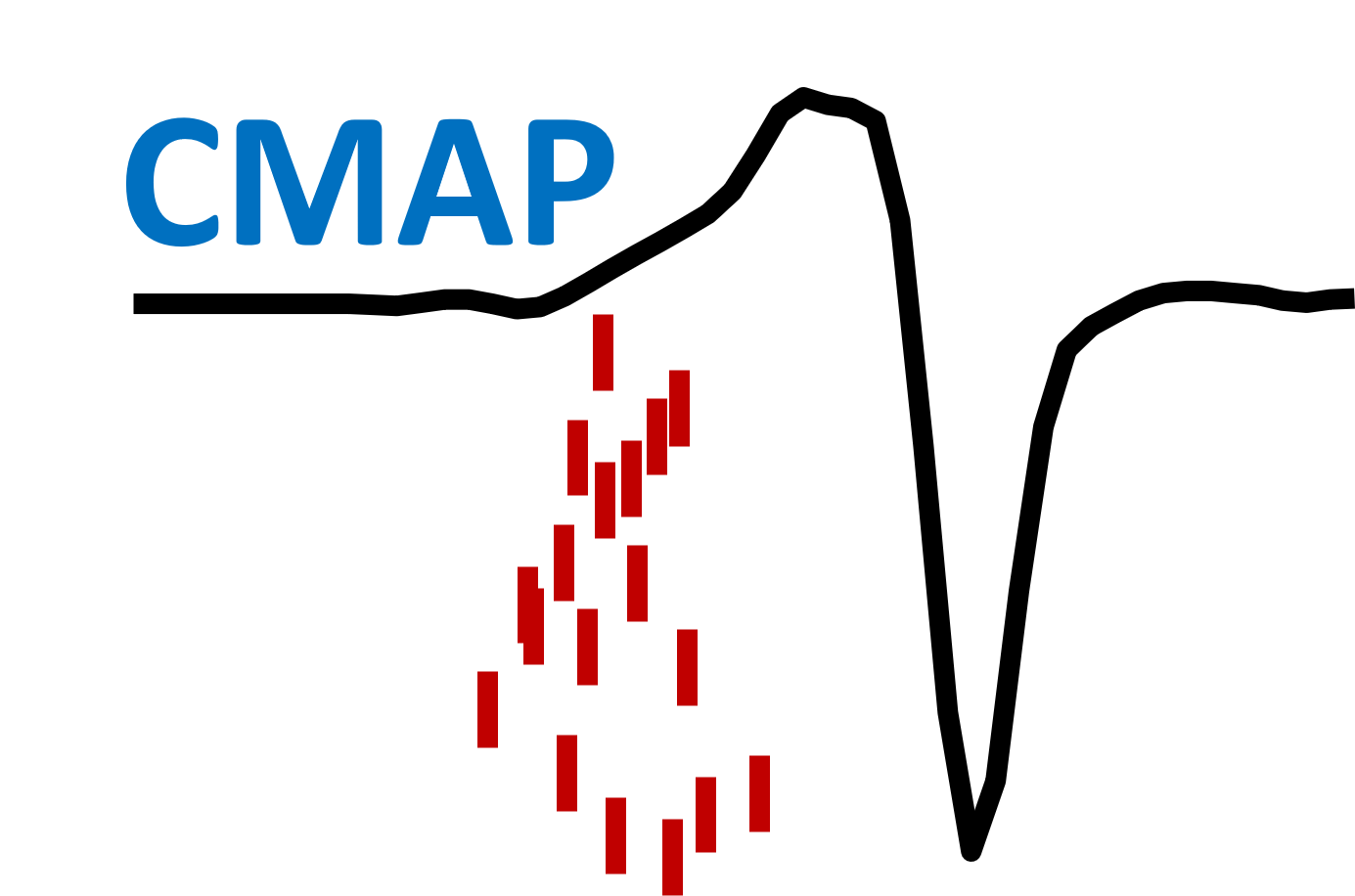
|
|
Decomposition of compound muscle action potentials
Number: ARRS, CMAP (J2-1731)
Project leader: Prof. Dr. Aleš Holobar Duration: Jul. 1st, 2019 – Jun. 30th, 2022 Financed by: Slovenian Research Agency (ARRS)
In cooperation with the experts from the Medical Faculty at University of Maribor and Science and Research Centre Koper we are developing new computer-aided techniques for analysis of compound muscle action potentials, recorded by surface electromyograms and their decomposition into contributions of individual motor units.
|
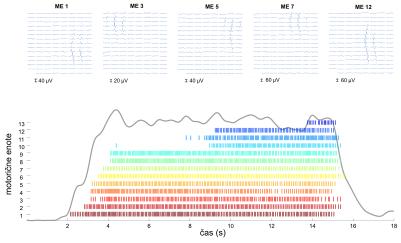
|
|
|
Number: ARRS, BI-US/18-19-037
Project leader: Prof. Dr. Aleš Holobar Duration: Jan. 1st, 2018 – Dec. 31th, 2019 Financed by: Slovenian Research Agency (ARRS)
In this bilateral project, surface EMG methodology developed at the University of Maribor has been applied to investigate the main characteristics of muscle excitations in hemiparetic stroke subjects, recruited by Shirley Ryan AbilityLab, Chicago, USA.
|
| Camera4Health |
|
|
Observation of appearance and physiological parameters in elderly to assess the aptness of their independent living
Number: ARRS, BI-BA/16-17-026
Project leader: Assoc. Prof. Dr. Božidar Potočnik Coworkers: Prof. Dr. Damjan Zazula, Martin Šavc Duration: Jan. 1, 2016 – Dec. 31, 2017 Financed by: Slovenian Research Agency (ARRS)
Within this research project, we are dealing with the design, evaluation and implementation of a system able to detect the human vital signs using only facial video information coming from a standard handheld device camera.
|
| MIO-A |
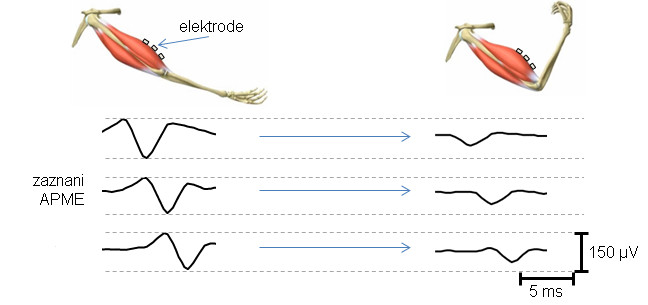
|
|
Exact quantification of muscle control strategies and co-activation patterns in robot-assisted rehabilitation of hemiparetic patients
Code: ARRS J2-7357,
Project leader: Prof. Dr. Aleš Holobar Coworkers: Prof. dr. Damjan Zazula, Assoc. Prof. Dr. Božidar Potočnik, Asst. Prof. Dr. Danilo Korže, Dr. Boris Cigale, Dr. Vojko Glaser, Martin Šavc, B.Sc., Jurij Munda, B.Sc. Project duration: Jan. 1, 2016 - Dec. 12, 2018 Financed by: Slovenian Research Agency (ARRS)
Basic research project MIO-A started in collaboration with University Rehabilitation Institute of Republic of Slovenia – SOČA. This three-year project aims to introduce and validate unique assessment of muscle activities during robot-assisted rehabilitation of hemiparetic patients and is funded by Slovenian Research Agency.
|
| Collaboration Slovenia - India | |
|
Observation of appearance and physiological parameters in elderly to assess the aptness of their independent living
Number: ARRS, BI-IN/15-17-007
Project leader: Assoc. Prof. Dr. Božidar Potočnik Coworkers: Prof. Dr. Damjan Zazula, Dr. Boris Cigale, Martin Šavc, B.Sc., Jernej Kranjec, ME Duration: Jan. 1, 2015 - Dec. 31, 2017 Financed by: Slovenian Research Agency (ARRS)
Ageing population and limited healthcare budgets call for new paradigms and more efficient healthcare and medical services. Within this research project, we are dealing with unobtrusive observations of human vital functions by using intelligent sensors and video devices. Sensor measurements are combined with the information extracted from the videos in order to determine the aptness of observed person for independent living.
|
| L5-5550 | |
|
Definition of non-invasive marker for skeletal muscle atrophy: from validation to application
Number: ARRS, L5-5550
Coordinator: Dr. Boštjan Šimunič Project leader: Assoc. Prof. Dr. Aleš Holobar Coworkers: Prof. Dr. Damjan Zazula, Dr. Mitja Gerževič, Dr. Mihaela Jurdana, Katja Koren, Štefan Mally, Uroš Marušič, Dr. Nina Mohorko, Dr. Rado Pišot, Dr. Nejc Šarabon Duration: Aug. 1, 2013 – July 31, 2016 Financed by: Slovenian Research Agency (ARRS)
Muscle atrophy is a well-known phenomenon that defines the loss of muscle mass as a result of illness or injury, unbalanced diet or lack of physical activity. Despite the growing number of researches exploring the findings of muscle atrophy and analyzing its implications, there are still many unresolved issues, especially in terms of objective indicators, methods and procedures of its assessment. The main objective of this project is to define and develop non-invasive procedures for assessment of skeletal muscle atrophy and hypertrophy based on the mechanical response thickening, movement and vibration of muscle fibbers as well as neuromuscular electrical activity.
|
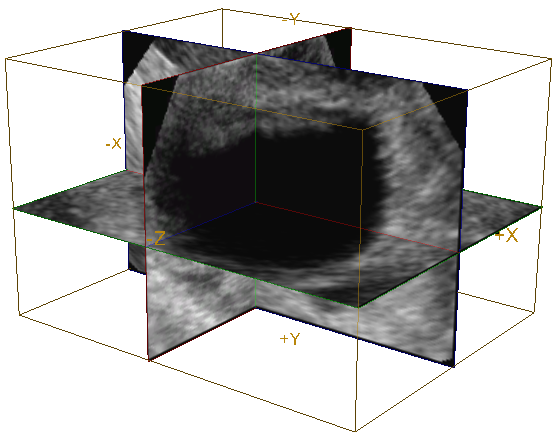
|
|
|
Number: J3-0674
Coordinator: Prof. Dr. Veljko Vlaisavljević (UKC Maribor) Coworkers: Prof. Dr. Damjan Zazula, Asst. Prof. Dr. Boris Cigale, Dr. Smiljan Šinjur, Vojko Glaser, MSc Duration: Feb. 2008 - Jan. 2011 Financed by: Slovenian Research Agency (ARRS)
Our research aimed at echographic monitoring of the dominant follicle growth, its luteinisation and the corpus luteum development. The main objective was to entirely automate the ultrasound image processing in order to unburden the medical experts. The hardware and software developed support saving of every examination data from the ultrasound machine to a USB stick. The transferred data are processed off-line on a personal computer, afterwards, and the results written to a database for further statistical analysis.
We confirmed experimentally that our computer application determines location, volume, and diameter of veins that surround the follicle in a 3D ultrasound image. Follicle detection was implemented by wavelet transform to get rid of noise as much as possible. The underlying analytical model was improved throughout the experiments. The found location and size of dominant follicle pointed out the area of perifollicular veins that were assessed statistically. Due to low resolution of the veins based on power Doppler detections, we introduced a special procedure to refine the veins reconstruction by embedded trees. We also introduced elastic registration of ultrasound volumes, which enabled us to follow the follicle growth during several days. All these methods were coded in personal-computer software and linked with an ultrasound machine.
|
|
Number: V4-0537
Coordinator: Assoc. Prof. Dr. Denis Stajnko Coworkers: Prof. Dr. Damjan Zazula, Dr. Smiljan Šinjur Duration: Jan. 2008 - Aug. 2010 Financed by: Slovenian Research Agency (ARRS)
This joint project was conducted by the Faculty of Agriculture and Life Sciences and the Faculty of Electrical Engineering and Computer Science at Maribor.
The main objective was a computer-based monitoring and forecast of fruit harvest. We investigated the fecundity of apples and pears, while the two species cover 72% of cultivable areas in Slovenia. Previous assessment deployed manual counting of fruits on smaller areas, which resulted in big differences between the forecast and actual harvest. The project development focused on an efficient, simple, and fast system for field data collection, and improvement of the methods and mathematical models of a harvest forecast. The System Software Laboratory took over the design of an application for field data collection, processing, and saving. In 2009, we developed a navigation subsystem that guides the user to the selected plantation is shortest possible way and time. It was implemented by a combination of mobile devices and central data storage. When data are collected by several users simultaneously, these are synchronised on-line by the central system.
In 2010, all subsystems and their connections were tested in details. We studied accuracy of three GPS modules and their repeatability in re-tracing the same locations. The best trade-off was found in a mobile phone ASUS P565 whose accuracy manifested at about 10 meters. This was not enough to locate single trees, but was enough to position the rows of trees.
|

|
|
|
High-Density Surface EMG for Advanced Neuromuscular Modelling
Number: BI-FR/08-09-PROTEUS-013
Coordinator: Prof. Dr. Damjan Zazula Coworkers: Dr. Rok Istenič, Dr. Sebastijan Šprager Duration: Jan. 1, 2008 – Dec. 31, 2009 Financed by: Slovenian Research Agency (ARRS)
The objective of this biannual bilateral project was to strengthen the bonds among the researchers at Maribor and Troyes in France and to conduct joint research in the field of surface electromyography. A young researcher, Rok Istenič, talked at the Technical University of Troyes about his investigations on the activity index and its deployment in multi-observational signal-source count. Researchers in Troyes explained the estimation of the number of sources by the probabilistic methods. Also Prof. Damjan Zazula paid a visit to French partners during the exhibition of joint scientific achievements on the independent living in “City of Science”. Prof. David Hewson from the Technical University of Troyes visited the System Software Laboratory of Maribor in order to specify a joint research involving accelerometers in mobile phones and optic-fibre interferometers. Common research was performed during the visit of a young researcher, Sebastijan Šprager, at Troyes and the results were published in a few conference papers.
|

|
|
|
Project leader: Prof. Dr. Damjan Zazula
Coworkers: Dr. Smiljan Šinjur, Vojko Glaser, MSc, Denis Justinek Duration: 2007 Financed by: Laboratory funds
The Gorenje Company from Velenje developed a system of connected household appliances accessible via a computer server. Special communication protocols are used to check the status of appliances and to control their operation remotely. A mobile application was developed in the System Software Laboratory to communicate with the appliances by a mobile device. A demo follows that depicts such a remote control and setting of an oven by a mobile phone.
|


|
|
|
Project leader: Prof. Dr. Damjan Zazula
Co-worker: Jurij Rakun Duration: between March and Sept. 2005 Financed: laboratory funding
The Henkel Slovenia company at Maribor was looking for a computer-assisted solution for detecting errors in their regular printed matters purchased at different printing companies. The errors and inferior-quality print on the product stickers and instructions were searched manually at that time. We developed a software application that compares the verified document with its referential image. In the first step, the two images are roughly registered by shifting their centres of gravity and a multiresolutional rotation. A fine, elastic registration is used afterwards to overlay the images as precisely as possible. Finally, pixel-based differences exceeding a statistically estimated threshold point out the locations where the verified printed matters differ from the reference. The developed application proved effective and accurate, nevertheless it was never used in production as Henkel was not willing to refund even a minimum amount of the development costs.
|
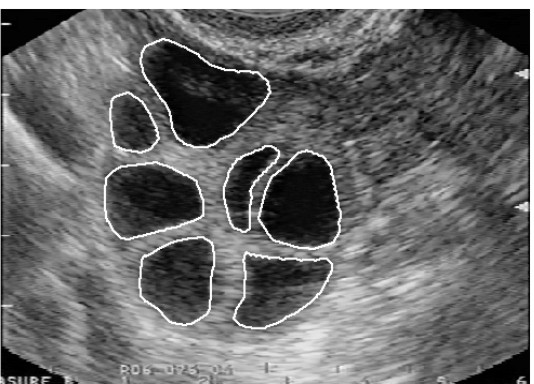
|
|
|
Coordinator: Prof. Dr. Damjan Zazula
Coworkers: Asist. Prof. Dr. Božidar Potočnik, Boris Cigale, MSc, Jurij Munda External coworkers: Bogdan Viher, MSc, Prof. Dr. Veljko Vlaisavljević, Nicolas Sergent (Ecole Centrale de Nantes, France) Duration: Between 1996 and 2000 Financed by: Laboratory funds
Prof. Vlaisavljević from the Teaching Hospital of Maribor (today’s University Medical Centre), a well-known expert in in-vitro fertilisation, initiated a research on computer-aided analyses of ultrasound images of ovarian follicles. We developed and verified software applications for the detection of follicles in sequences of 2D ovarian images and 3D reconstruction of perifollicular vascularisation.
|












